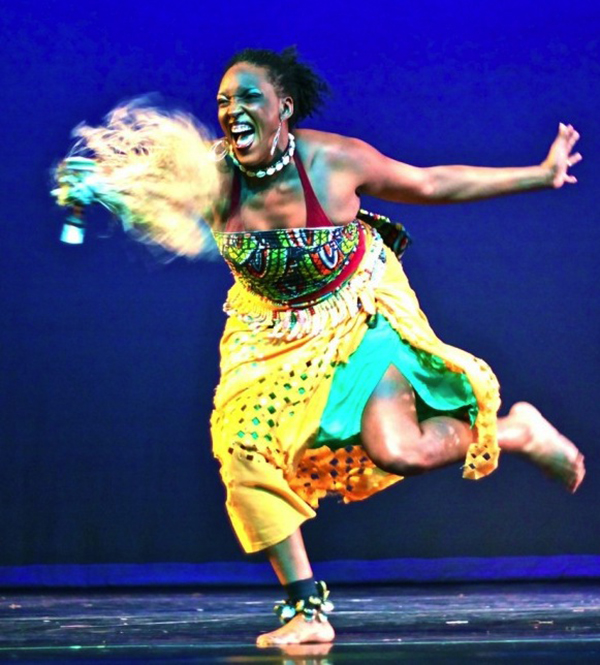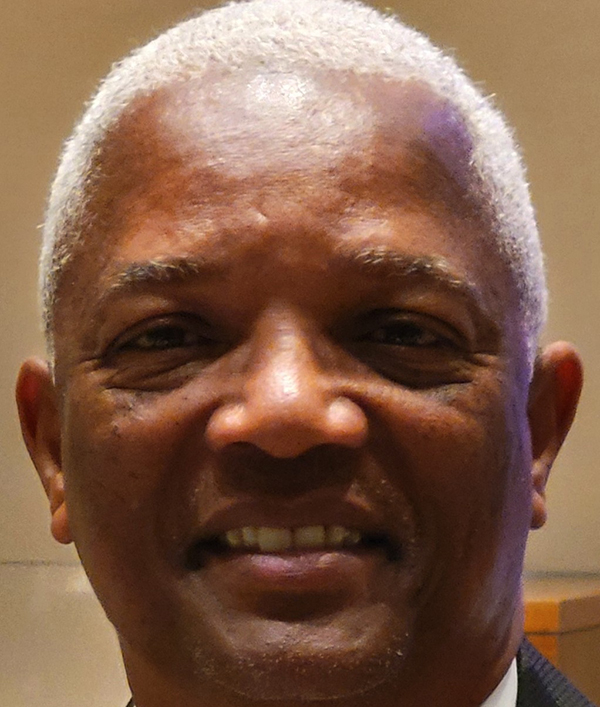By Tamica Washington-Miller
Guest Columnist
The murder of George Floyd and the COVID-19 pandemic has ripped the veils from our eyes, bringing many truths about our nation into a new light.
However, issues of systematic racism amongst Black and brown communities are not new. We have known and dealt with this historic trauma for hundreds of years. What is new, however, is it’s finally being acknowledged all over the world.
For nearly a year, humanity has been in pain. There has been a global need to move. And as I looked back at the beginning of all of this, I noticed something magical happening. There was a renaissance of dance.
Not just here in Los Angeles, but all around the world. Not just professional dancers, but everyday people, from all walks of life seemed to be doing “a little diddy.” Dance, a natural lifeforce, seemed to resurface into our lives immediately after the death of George Floyd, and throughout the COVID-19 pandemic.
People came together to move or dance in prayer, to heal themselves and for global healing. They danced for fun and to release tensions and to salute our first responders.
Grandparents and grandkids danced from across the street due to COVID safety. Couples and friends, even the police, firefighters, doctors, nurses and our national leaders danced. Dance was, and continues to be, a unifier, bringing families, communities and people together as it has throughout human history. But why is dance the go to art form during these difficult times?
Because to carry a tune and sing is hard. To learn an instrument takes years. But to move your own body in your own unique way is possible for all of us to achieve; anytime, anywhere and for any reason. Since the beginning of human record, we can find evidence that dance was used in daily life and to the benefit of humanity.
We danced to the gods for rain and to celebrate a good harvest. We danced for the life of a newborn baby or the union of two families in marriage. Throughout our history, movement and dance as always been a part of lifestyles, spiritual expressions and religious practices.
I have been a professional in the dance industry for 40 years. I am a strong advocate for the art of dance because I have lived to see how dance really changes peoples’ lives and entire households. I’ve witnessed how this natural born artistic expression can positively impact the growth and development of a family simply by the joy dance brings to the life of their child.
To dance is to be human. For example, as soon as you come out of your mother’s womb your body is moving about, doing the “I just got here” dance. All while your heart is beating its own unique pattern, adding to the symphony of humanity; as you cry, yet sing out: “Hey y’all. I’m here.”
The same is true when you finally get that call you’ve been anxiously waiting for. You may do “a little jig.” Or how about when athletes dance when they score a touchdown, make a basket or score a goal? Dance is a natural reflex. It allows us to express ourselves and communicate, emotionally and sometimes emotionless, without words. Dance transcends barriers.
And for people of African descent, “Dance has always been a healing technology and a means by which we can define ourselves,” as expressed by Naomi Gedo Diouf, artistic director of the Diamano Coura West African Dance Company.
As the United States grapples with its racist history, and as we continue to address systemic racism and the effects of “Trumpism,” Black, brown, Asian Island Pacific, indigenous and all people of color need the forcefield of life-affirming, life-supporting, self-love, and radical self-care that dance provides. We need to be stronger than ever to keep the energy going to withstand the journey towards racial and social justice, understanding and equity.
This is not a time to just sit. This is a time to move and keep personal and communal positive energy going. There is an African proverb that says, “When the music changes, so does the dance.”
So during these trying times, I encourage you to expand your thinking about dance. See its depth, as well as its effect on global humanity. Maybe you will be inspired to give dance a try. It creates joy and positive energy in its wake; and the endorphins it releases truly helps to boost your mood — something we so desperately need as we continue to tire from the physical, emotional, and mental effects of our daily pandemic lifestyles.
Explore it, do it, watch it, support it; or simply give yourself permission to dance with yourself for any reason, and at any time that is right for you.
Tamica Washington-Miller is the associate director of the Lula Washington Dance Theatre, a Los Angeles-based repertoire dance ensemble that performs innovative and provocative choreography by its founder, and Tamica’s mother, Lula Washington. Celebrating 41 years of excellence in dance, the company uses dance to explore social and humanitarian issues, including all aspects of African American history and culture.










